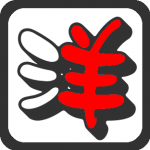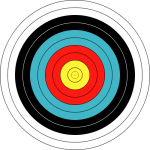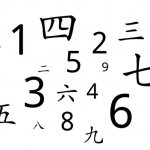Articles published in August 2013
-
Phonetic components, part 1: The key to 80% of all Chinese characters
At least 80% of all Chinese characters are made up of one semantic component (meaning) and one phonetic component (pronunciation). The sheer number of characters formed this way means that these characters ought to be taught properly, yet I think this topic is largely glossed over. This is the first article of two dealing with phonetic components and how they can help you learn Chinese better.
Read → -
Why manually adding and editing flashcards is good for you
Creating your own flashcard is not a waste of time, even if you can find the deck you want on the internet. I have created a fair number of public decks and wouldn’t have downloaded those decks even if they would have been available at the time. Creating your own flashcards gives you control over your deck and facilitates learning in many other ways.
Read → -
Why you need goals to learn Chinese efficiently
Learning without goals might seem like a reasonable choice at first, but after a closer look, it isn’t such a good idea. First, it’s hard to imagine not having any goal at all, so setting goals is more about making your implicit goals explicit. Second, focusing only on having fun will lead to some very unusual learning strategies.
Read → -
Do you really know how to count in Chinese?
Counting in a foreign language is one of the first things we learn, yet it takes very long to master numbers in Chinese. Most students abandon practising numbers too early, leading to a surprising and serious gap in our knowledge: we simply don’t know the numbers as well as we think we do, which will cause problems both in real life and in listening comprehension tests. Do you really know how to count in Chinese? Tests included!
Read →



